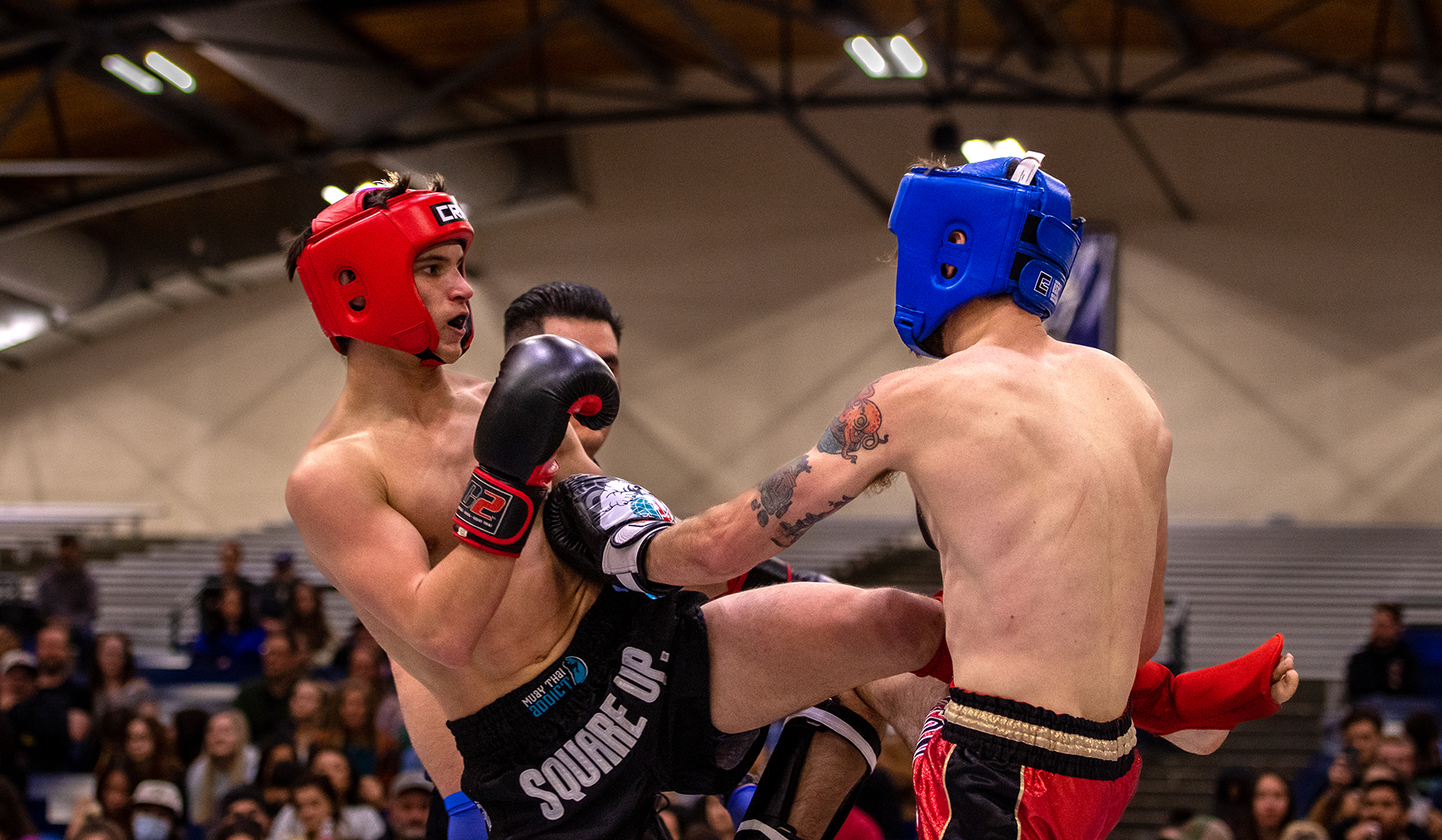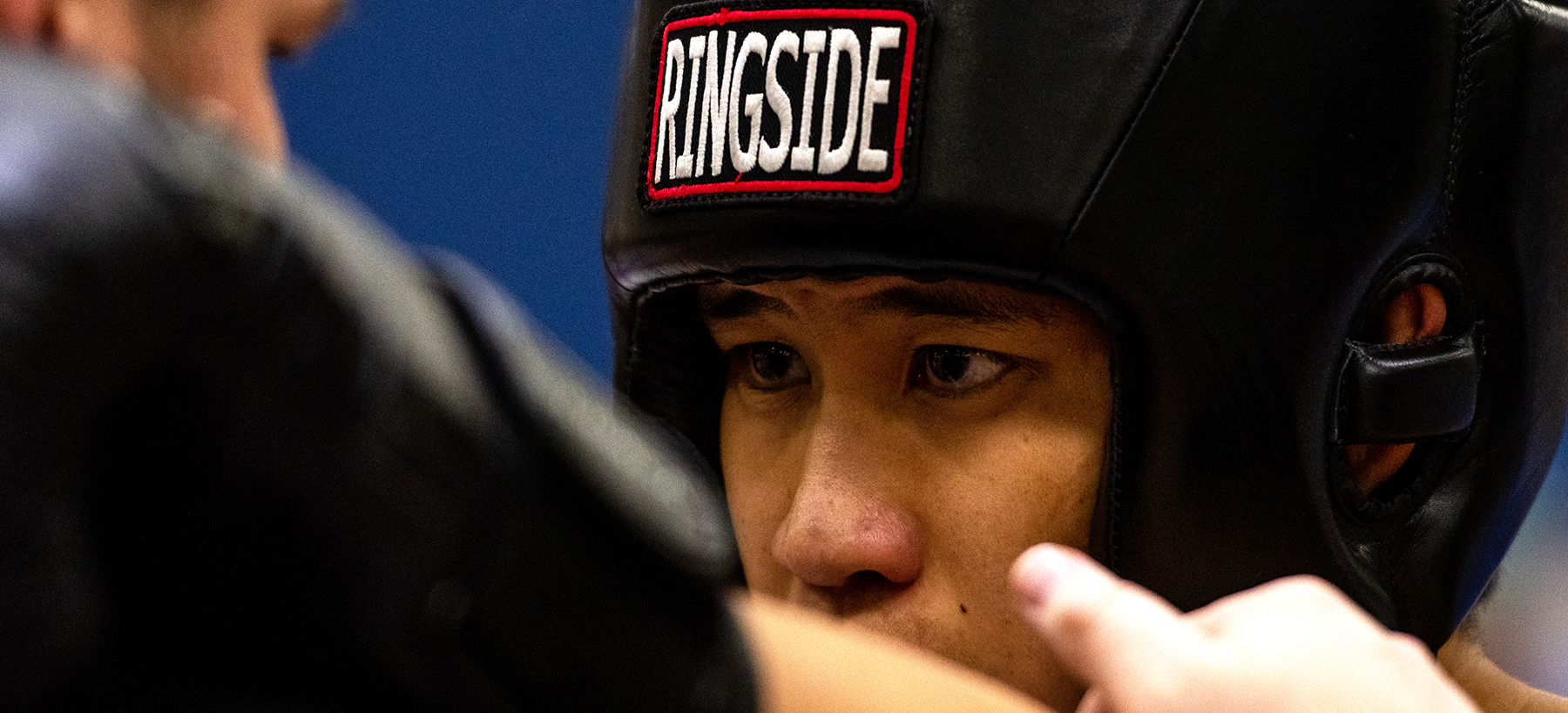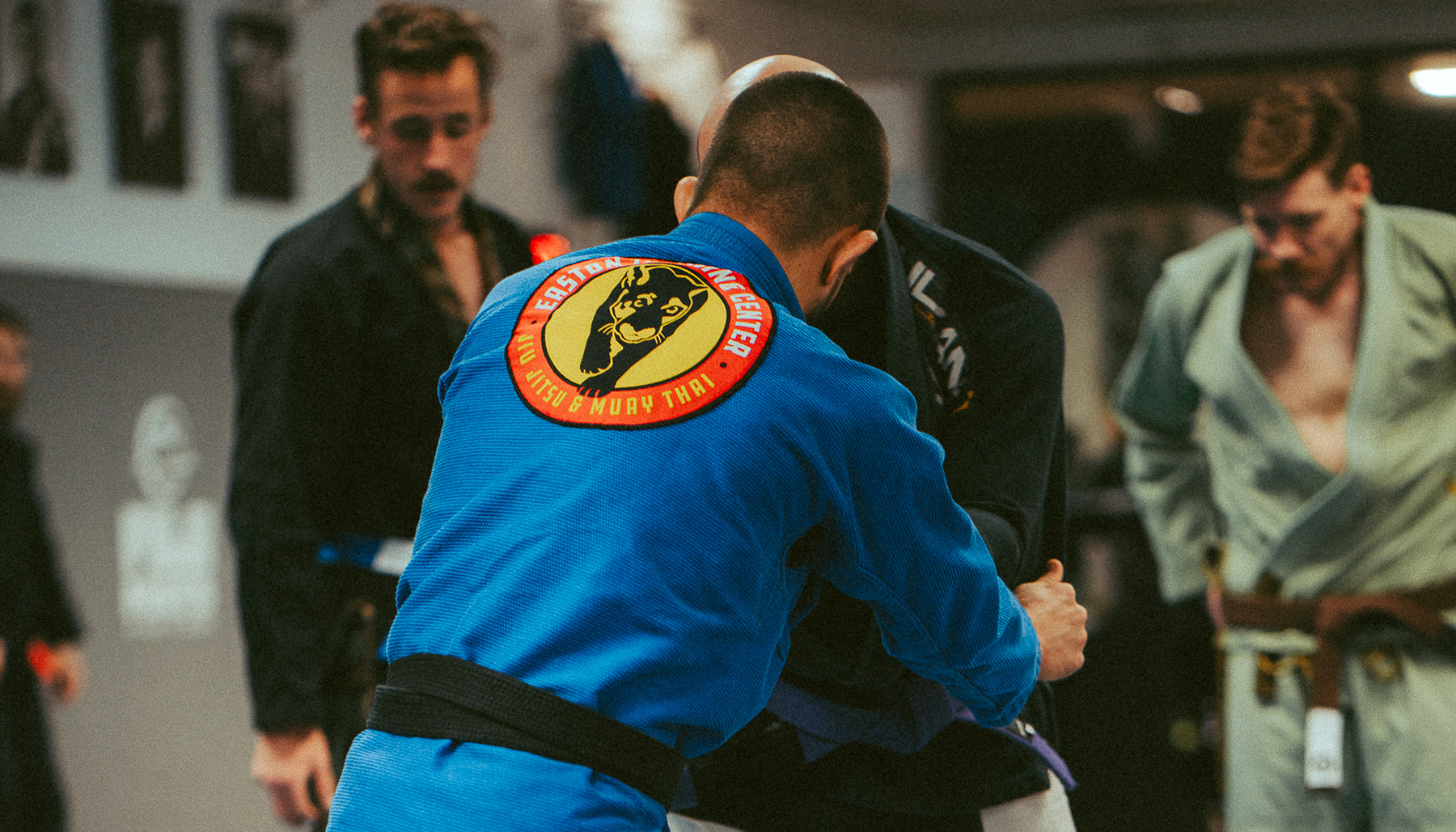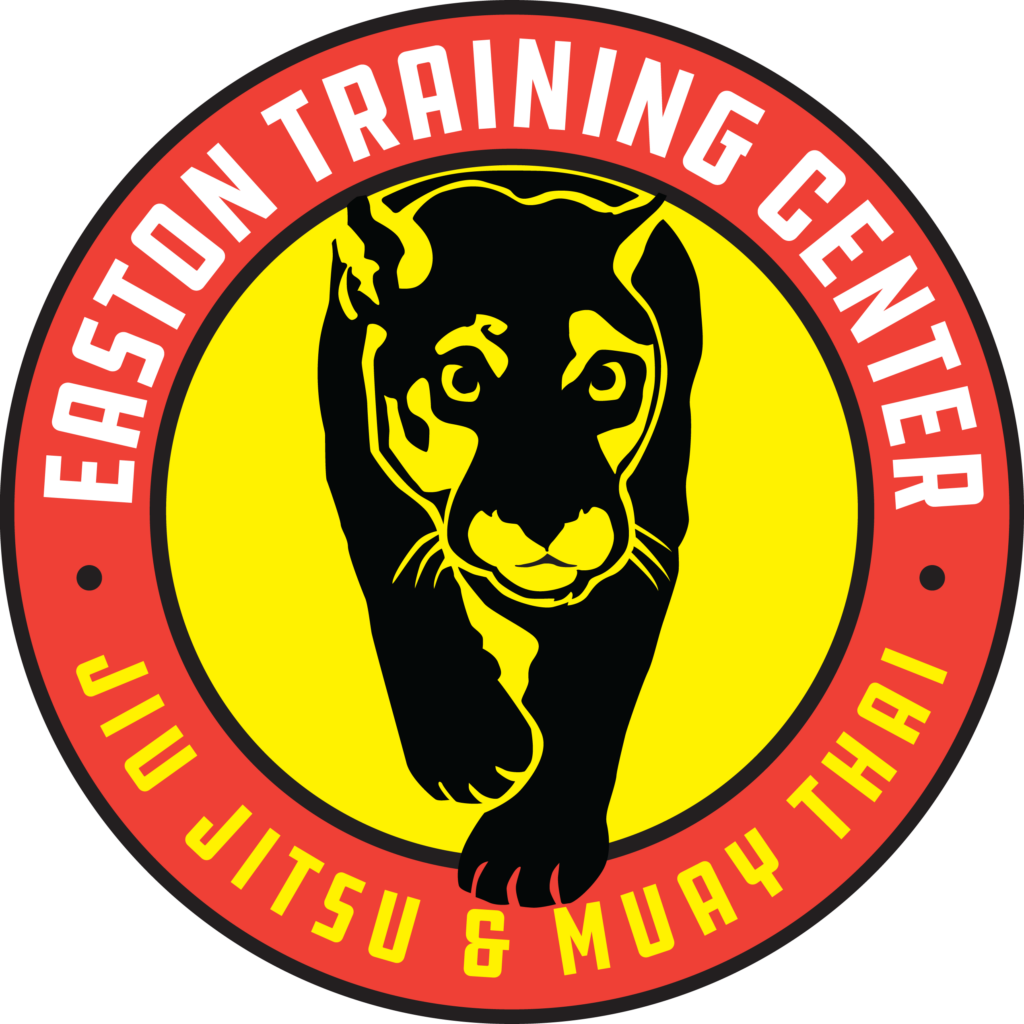It’s easy to compartmentalize seemingly polar hobbies like “sports” and “art,” but when it comes to forms of athletic expression like martial arts, the crossover runs much deeper than many of us realize.
You may have heard of American artist Jackson Pollock who helped pioneer the abstract expressionist movement, known for his “drip paintings” made with energetic, spontaneous movements and total lack of singular focal point.

A fellow artist once suggested Pollock should paint from nature. In response he said, “I am nature.”
In this vein, Muay Thai and Brazilian Jiu Jitsu are extensions of our nature, our physical form, just given even more form. Whether or not a martial artist ever touches a paintbrush, dances on a stage or achieves the perfect creme brulee, the output of her ephemeral art holds just as much value and vitality as any other art.
Like music, acting and theater, not all arts will result in physical products. Many leave an impression as an experience that enriches our lives. By this definition, art becomes not the outcome, but the expression of energy – something that needs to get out.
While anything can become an art with the proper approach, intention and attention to detail, martial arts remains unique in its embodiment of numerous approaches to the word “Art.”
The art of tying a perfect knot may require skill and can yield satisfaction, but the spirit of art that physical activities like Brazilian Jiu Jitsu and Muay Thai tap into feels more like a fluid fire.

In chakra theory, the Sacral chakra (our second chakra) represents the home of our creativity, our emotions and our passion. It’s also home to our pleasure, sexuality and creation (think womb energy.)
All of these things represent something bubbling up within us, the need to move through energy, and the need to release. Release can look like anything – from journaling, running, and making art, to a deluge of verbal aggression if we take our frustrations out on others.
Obviously, the latter isn’t ideal, and it behooves us to remain mindful of our human need for release. It’s going to happen regardless, so create healthy outlets to let it out.
How can martial arts step in as a creative outlet and aid this release?
A marriage of beauty, physics and force
In many ways, martial arts help you fully embody your creativity and purpose, and facilitate the space to really be present in your body, to activate your body in space.
Through the moves and game, you learn how to maintain body awareness and create shapes and paths within and amid other bodies.
Not only do martial arts offer specific moves to master, but they teach us how to move in dialogue with others – a conversation of two bodies’ expressions, which varies depending on body type, personality and style.

“It’s multifaceted;” says blackbelt-competitor Amy Fidelis when we asked her about the most creative part of martial arts. “It’s the precision of the movement and how and when that matters, but also the creativity you can apply to the movement.”
These arts are not solo performances. They are very much collaborations, highly dependent on your partner in play. As they move, you respond; as you move, they respond. It’s a flow, an unfolding, and an evolution.
Also, regardless of our individual creative expression, there will be things we cannot control – such as gravity, leverage and force.
“With some things, no matter how creative I am, I can’t break the laws of physics,” says Amy. “But the more I can understand how they play in, the more I can add my personal expression.”
With these added components, the physical expression of Brazilian Jiu Jitsu and Muay Thai begin to separate themselves from their expressions of form and go into the layer of the game: what separates martial arts from other forms of movement expression such as dance and yoga.
While at first these are the moments that may scare and befuddle you, over time they help you develop your voice, critical thinking skills and intuition in making your next move.
Not unlike a game of chess, strategy and clarity of vision add on to that base layer of movement.
With an art that evolves on the spot, martial artists cannot pre-plan every roll or match; while actors can rehearse and play nearly identical shows, the arts of BJJ and Muay Thai require you to be fully present and make critical decisions in the moment. Kind of like improv – but with way more at stake.

Those beautiful fan sweeps and round kicks become less beautiful and more threatening as they mean less time to make a choice and succeed. In this way, the individuality of expression becomes intrinsically married with the reality of physics and force.
Along with remaining calm in the face of fire, learning when and how to use your Brazilian Jiu Jitsu or Muay Thai becomes similar to how we explore creative identity and self-expression through language, from understanding basic vocab to putting together rudimentary sentences.
“As you progress in your understanding,” says Amy, “you can express your thoughts and feelings with more precision, and then you can layer on the artistry.”
Taking the art to the next level
In many ways, we can look at athletes who compete in martial arts like Brazilian Jiu Jitsu and Muay Thai as examples of artists in the field. They’ve mastered the techniques, found their style and have the conviction that put them in the ring to begin with.
Our individual styles will develop according to our experiences, and will vary from person to person. We might gravitate towards certain skills within our Jiu Jitsu or Muay Thai toolkit because of who we are or how our body is built, or develop certain styles due to personal preferences.
“When I started, I didn’t want to be touched by anyone ever, ” says Amy, “so I’m not surprised that I’ve evolved a passing style where I’m on the outside and using speed and movement as opposed to a pressure style.” (Like knee-slice passes.)
And when it comes to competing at higher levels, movements aren’t just beautiful, they’re deadly – tapping into the most brutal, final layer of martial arts – the art of self defense.

Watching people at the highest level, Amy tells us – the combination of movement, athleticism and application is art.
“It is poetry,” says Amy. “It is beauty because they’ve mastered it.”
Beneath the flashy moves and pretty flows, lines cut through space as fighters dance through each others’ blows, the real art of martial arts rests in the ability to accept and move through difficult situations.
Any real life situation outside of competition which has you using chokes or strikes you learned in class won’t be a good one. It’ll probably feel terrifying.
With martial arts training, you’ll learn not just the arts of self-defense techniques but the art of remaining calm under pressure and keeping your critical thinking online to get out of a bad situation.

While athleticism and competition comprise a large part of martial arts, certainly not all of it. People are drawn to BJJ and Muay Thai for a myriad of reasons, and Easton Training Center has many students who never go on to compete.
From creative expression to the emotions that move involuntarily through our bodies, to the art of self defense, BJJ and Muay Thai create one of the strongest intersections of Art in its most basic meaning.
Whether you want to get proficient at defending yourself, compete, or strengthen your mind-body connection by learning how to work with your fight or flight triggers, martial arts can help you grow.
Sign up for a free class at one of our eight locations!






